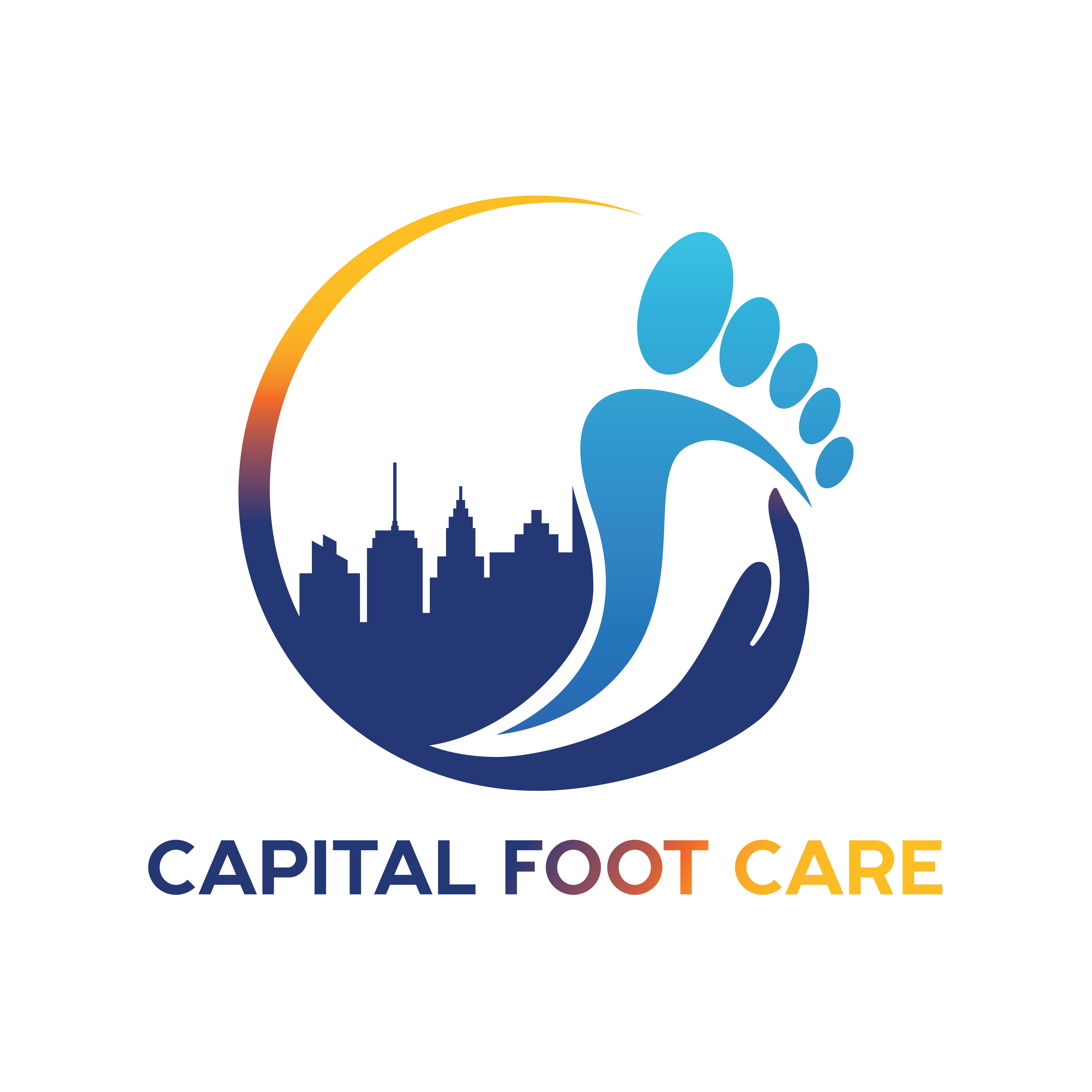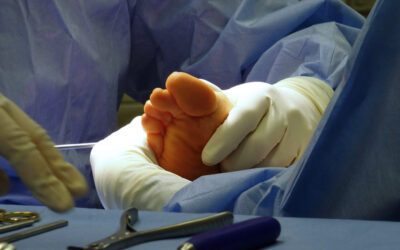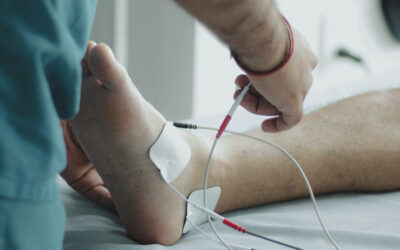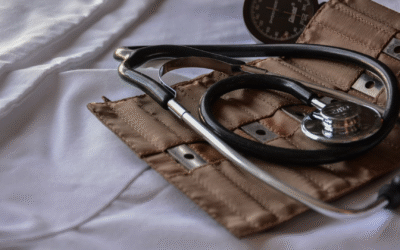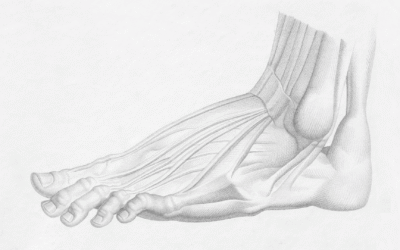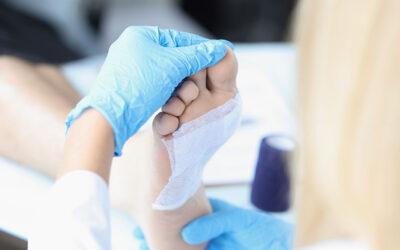Peripheral Artery Disease (P.A.D.) is a serious vascular condition that occurs when the arteries in your lower limbs become narrowed or blocked due to the buildup of fatty deposits (atherosclerosis). This reduced blood flow can lead to pain, limited mobility, and significant complications if left untreated. At Capital Foot Care, our expert podiatrists—Dr. Muhammad A. Khalid, Dr. Fritz-Andre Duterlein, and Dr. Herman Zarate—are dedicated to helping patients understand and manage P.A.D. to maintain healthy lower limbs and an active lifestyle.
Understanding Peripheral Artery Disease (P.A.D.)
P.A.D. primarily affects the arteries in the legs and feet, restricting blood flow to these areas. The condition often progresses slowly and may go unnoticed until symptoms become severe. Reduced circulation deprives the muscles and tissues in the lower limbs of the oxygen and nutrients they need, causing pain and other complications.

Common Symptoms of P.A.D. in the Lower Limbs:
- Intermittent Claudication: Pain, cramping, or weakness in the legs or hips during walking or exercise, which eases with rest.
- Coldness in the Legs or Feet: One leg or foot may feel colder than the other due to poor circulation.
- Non-Healing Wounds or Ulcers: Sores on the feet or legs that take a long time to heal or don’t heal at all.
- Discoloration of the Skin: The skin on the legs may appear shiny, pale, or bluish.
- Weak or Absent Pulse: Reduced blood flow can make it difficult to detect a pulse in the feet.
- Hair Loss or Brittle Nails: Poor circulation can affect hair and nail growth on the legs and feet.
How P.A.D. Impacts the Lower Limbs
The effects of P.A.D. on the lower limbs can range from mild discomfort to severe complications, depending on the progression of the disease. Here’s how P.A.D. impacts the legs and feet:
- Reduced Mobility
P.A.D. often causes pain during walking or physical activity, a condition known as intermittent claudication. This pain can limit mobility and prevent individuals from staying active, which is essential for overall health.

- Tissue Damage
When blood flow to the lower limbs is severely restricted, tissues are deprived of oxygen. This can lead to the development of ulcers and slow-healing wounds, particularly on the feet and toes.
- Infections
Non-healing wounds are highly susceptible to infections, which can spread rapidly if not treated promptly. For individuals with diabetes or weakened immune systems, this risk is even greater.
- Critical Limb Ischemia (CLI)
In advanced cases of P.A.D., blood flow to the legs is so severely reduced that it leads to chronic pain, ulcers, and even gangrene (tissue death). CLI requires immediate medical intervention to prevent amputation.
Who is at Risk for P.A.D.?
Certain factors increase the risk of developing P.A.D., including:
- Smoking
- Diabetes
- High cholesterol
- High blood pressure
- Obesity
- Sedentary lifestyle
- Family history of vascular disease

If you have any of these risk factors, regular check-ups and screenings are essential to detect P.A.D. early.
Managing and Treating P.A.D. in the Lower Limbs
At Capital Foot Care, we offer comprehensive treatment plans to help patients manage P.A.D. and protect their lower limbs. Here are the key strategies for managing the condition:
- Lifestyle Changes
- Quit Smoking: Smoking accelerates arterial damage and significantly worsens P.A.D.
- Exercise Regularly: Walking programs can improve circulation and reduce symptoms of claudication.
- Healthy Diet: A balanced diet low in saturated fats and cholesterol supports vascular health.

- Medications
Certain medications can help improve blood flow, manage pain, and reduce the risk of blood clots. These may include:
- Blood thinners
- Cholesterol-lowering drugs
- Medications to manage blood pressure
- Advanced Treatments
For severe cases, advanced treatments may be necessary, such as:
- Angioplasty and Stenting: A minimally invasive procedure to reopen blocked arteries.
- Bypass Surgery: Redirects blood flow around a blocked artery using a graft.
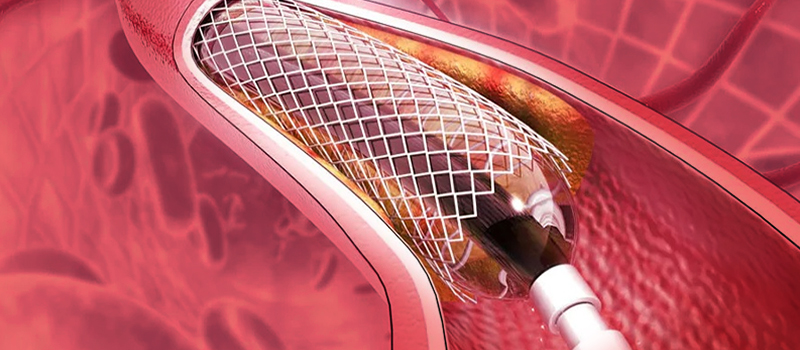
- Wound Care
If P.A.D. has led to ulcers or non-healing wounds, specialized wound care is crucial. At Capital Foot Care, we provide advanced wound care techniques to promote healing and prevent infections.
Why Routine Foot Care Matters for P.A.D.
Routine foot care is essential for individuals with P.A.D. to prevent complications and maintain mobility. Regular visits to a podiatrist can help identify potential issues early and ensure proper management. At Capital Foot Care, our team provides thorough evaluations and personalized care to protect your lower limbs.
Why Choose Capital Foot Care?
At Capital Foot Care, we specialize in diagnosing and treating P.A.D. and related complications. Our experienced podiatrists—Dr. Muhammad A. Khalid, Dr. Fritz-Andre Duterlein, and Dr. Herman Zarate—combine advanced diagnostic tools with personalized treatment plans to ensure the best outcomes for our patients.
For more information or to schedule an appointment, contact us at 301-927-FOOT (3668) or email us at [email protected].
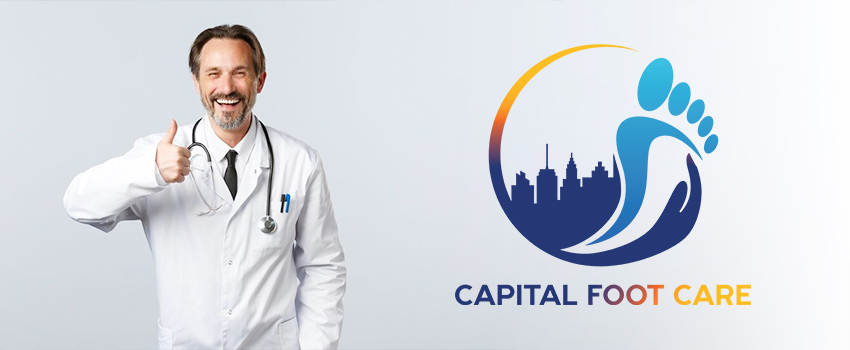
Peripheral Artery Disease is a serious condition that can have a profound impact on the health of your lower limbs. Understanding how P.A.D. affects your legs and feet, recognizing the symptoms, and seeking prompt treatment are essential to avoiding complications. At Capital Foot Care, we’re here to help you stay active and pain-free with expert care and guidance. Contact us today to learn more about managing P.A.D. and protecting your lower limbs.
